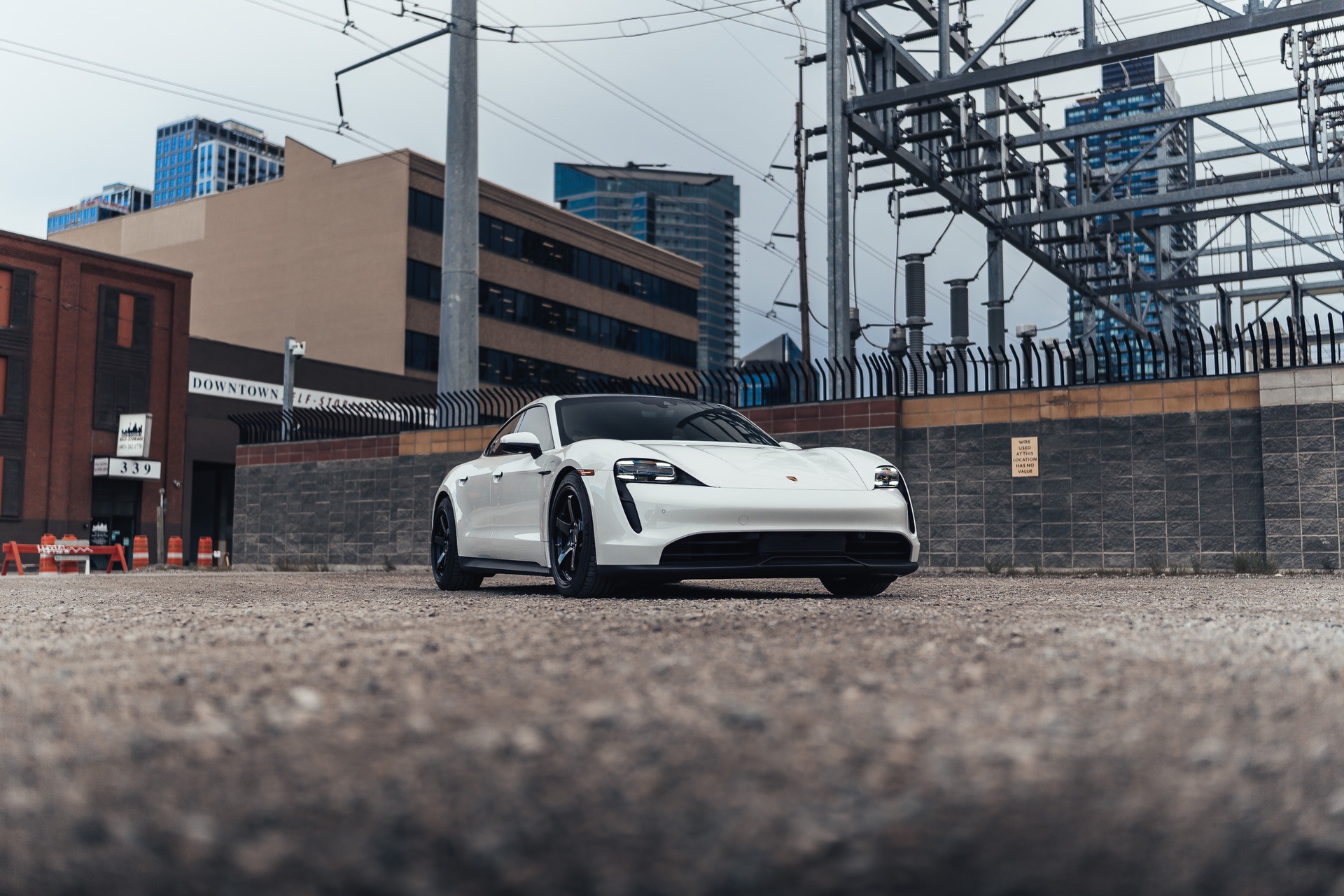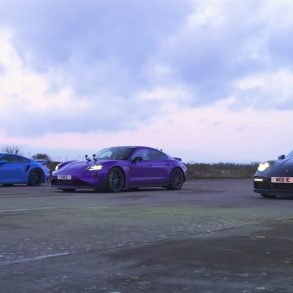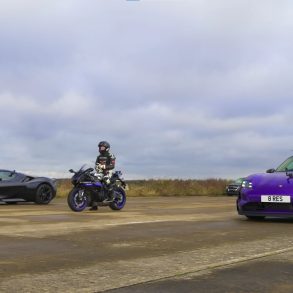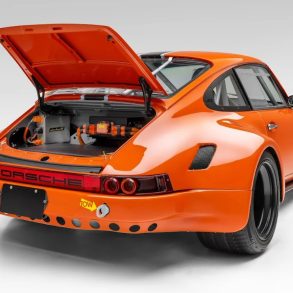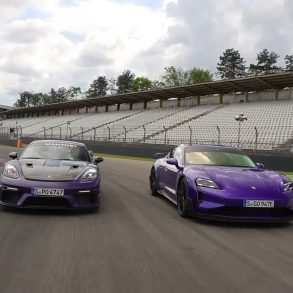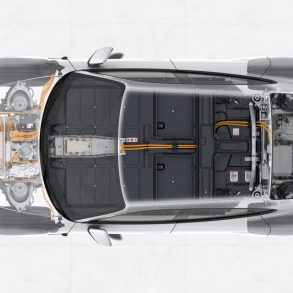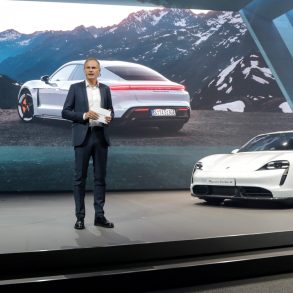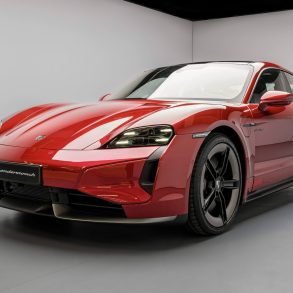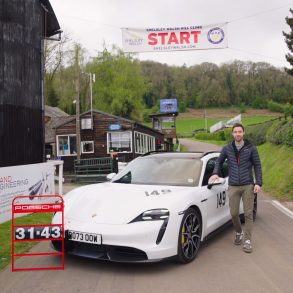A change is brewing among auto manufacturers. If this trajectory we’re on isn’t already obvious, competition in the EV segment is likely about to get much more personal.
It’s true that the automotive industry has been hard at work transitioning towards the full-fledged production of electric vehicles for quite some time now.
We’re beginning to see the fruits of that labor, with almost every major marque in the world at this point having introduced at least one notable representative (mostly in the form of performance hybrids) to the global sustainability movement.
They must do that or go extinct. Government mandates, not merely cultural pressures, are forcing their hand.
The Current State of Play in the Electric Vehicle Market
Either way, there’s a good chance your next brand-new vehicle won’t be burning fuel. Not in the conventional sense, anyway. More on that later.
Consumers though, almost universally, have had a lot less fanfare to fan about. This is in no part due to any ignorance on their part, but more so the peculiarly understated nature in which the landscape is evolving.
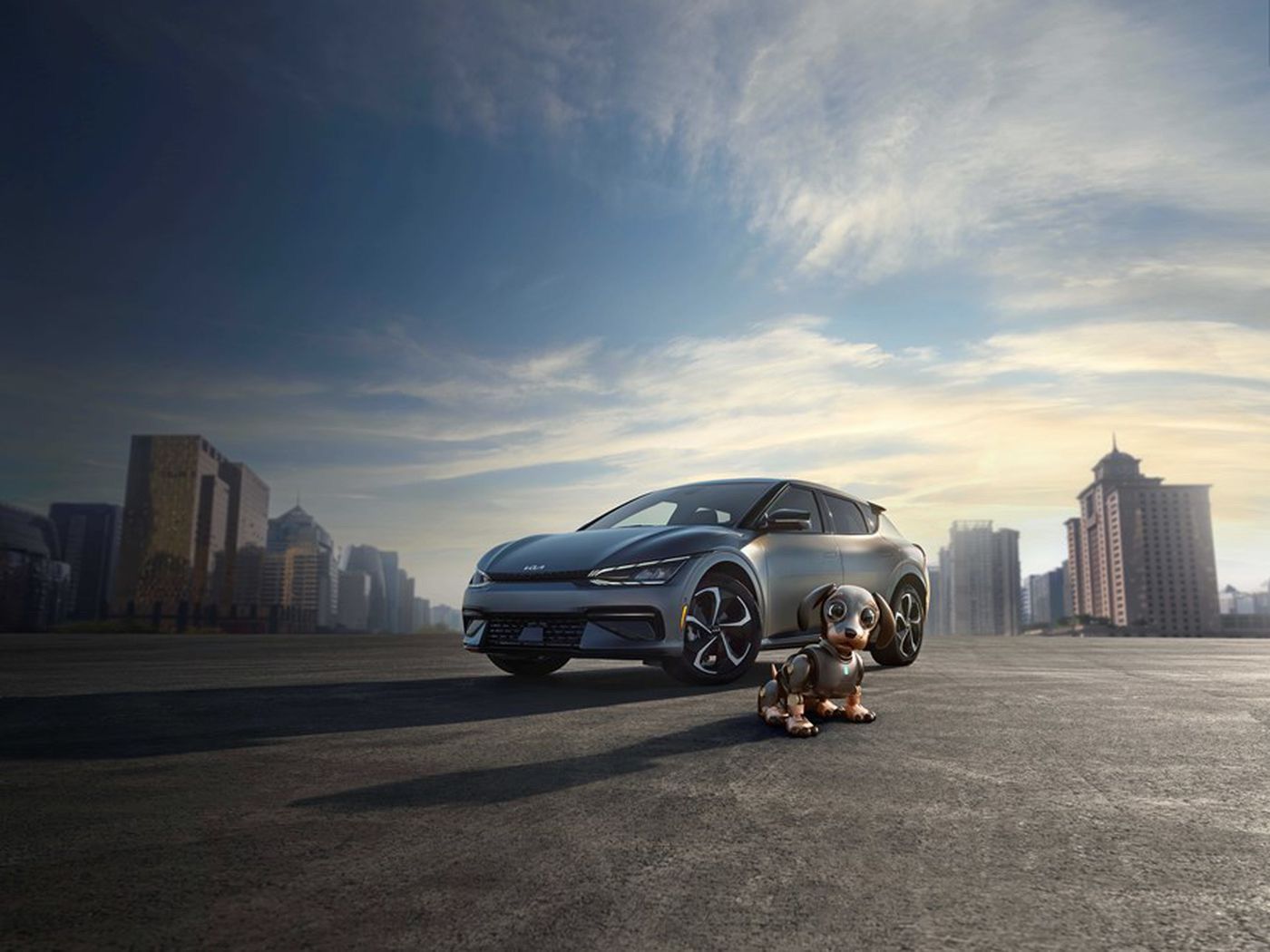
In your daily life, you’ve probably come across the odd commercial showcasing a brand-new EV. The average viewer thinks to themself “Hmmm… that’s cool, I guess”, then carries on about their day.
Stopped (or Stuck?) At a Crossroads
Aside from obvious technical differences, the car featured in the ad remains no more (or less) a way to get from A-to-B than any other mode of transportation out there.
The average aging-yet-dependable vehicle already scores well under 10 km/L for fuel consumption in the city, so despite higher gas prices today, upgrading to a $50,000 EV is hardly a strong proposition. For many, it’s not even viable.
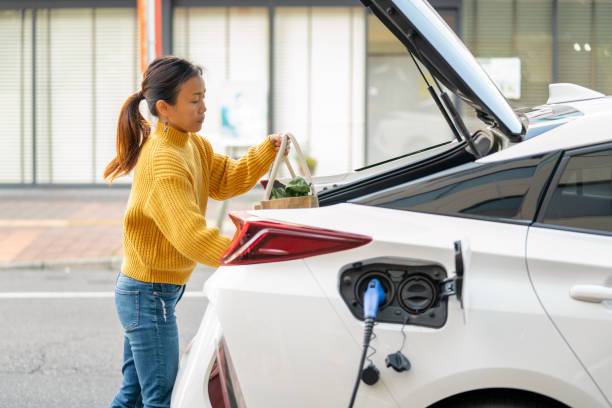
In this respect, an EV offers the average driver nothing life-changing. Back to the daily grind, their commute is likely to take them on public roadways where at some point, what they see confirms that their sentiments are widely shared.
Petrol stations are still in abundance, as are the cars that continue to fill up at them. After all, the real world demonstrates that just a small fraction of cars on the roads you travel on will be EVs.
When you walk out your door, there isn’t a feeling that the future being so purposefully hyped is anywhere nearby. Something must give.
Mainstream Is Far Off (But that Could Change)
If you’ve never left California or certain parts of Europe (like Scandinavia, where EVs are widely embraced) much of what I’ve been saying might sound like blasphemy. These places are indeed outliers and don’t represent the largest area on the bell curve.
EV enthusiasts and champions of green energy—individually or collectively—can think of EVs as the return of their messiah, all they want. But from a universal perspective, the stats don’t lie.
Fully-electric vehicles only make up 1% of cars in the global automobile stock, while around 9% of new vehicle sales (as of 2021) are EVs.
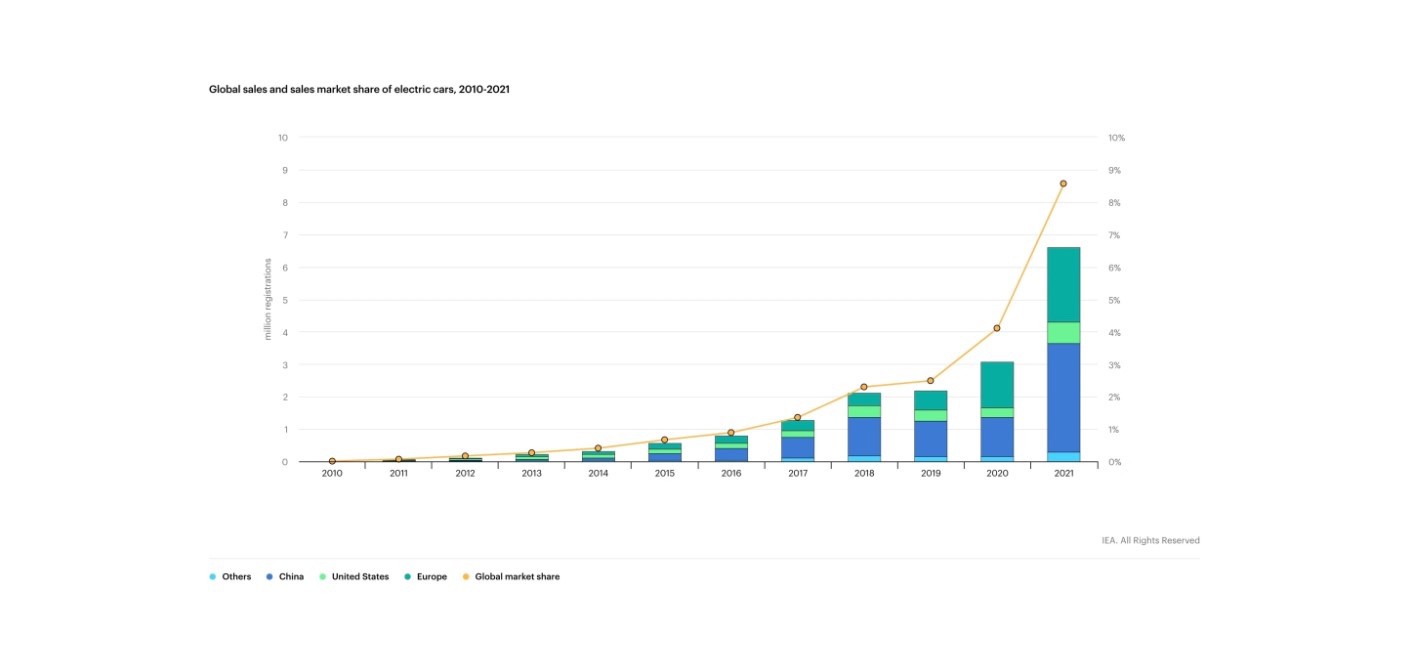
Hardly a tsunami of change, but it is the type of change that has been gaining momentum, mind you. For now, we’re still far from having a world where electric vehicles are integrated into the fabric of normal, everyday life.
Yet, lofty targets—such as new vehicle sales being 50% and 100% comprised of EVs by 2030 and 2040 respectively—indicate that things could change quickly. They would have to for that to happen.
Porsche’s Role as Industry Leader—Or Disruptor
The Porsche Taycan has made an immediate impact, both for the automaker and on the broader EV playing field.
Stuttgart and Zuffenhausen continue to benefit from its subsequent commercial success, with the Porsche Taycan becoming the marque’s best selling model since its release.
By introducing the Cross Turismo body style, Porsche has also asserted that the platform has further room for evolution, with more variants—and likely more generations—expected in the pipeline.
Not one to be a one-trick-pony, Porsche has made no secret of its plans to introduce EV versions of the existing Macan and Cayman/Boxster models in the future—exclusively and boldly at that, for the latter.
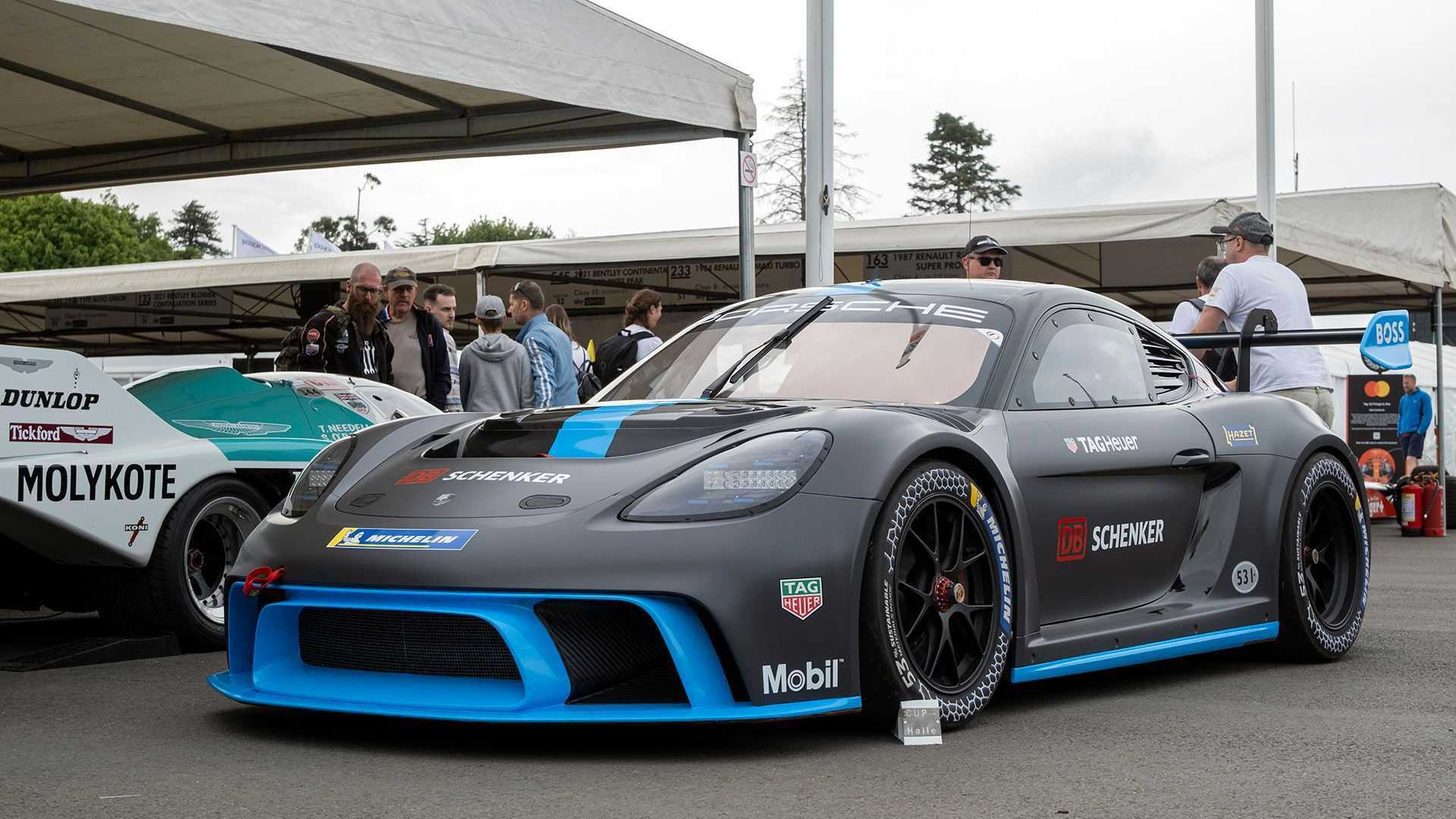
In this environment, few would argue that pumping out more EVs isn’t good for business; but leave it to our favorite company to not let the buck stop there—they’ve decided that a more visionary approach would be a better match with their long term goals.
It’s Not Just about Going Electric
There’s sound logic behind this too, not just for the bottom line, but perhaps for shaping how our future looks as well. It’s not just enough to churn out a higher quantity of a particular type of car. That’s not typically how things work in business.
The company refuses to be married to the idea that EVs are predominantly more environmentally friendly and does not consider them to be the absolute solution going forward. This philosophy becomes especially prevalent when considering battery production for electric vehicles.
This is where eFuels (the automaker’s pseudonym for biofuels) and perhaps, hydrogen fuels, come into the picture. No one has been championing the former more than Porsche, who has incorporated the energy source as a fundamental component of its GT race car program.
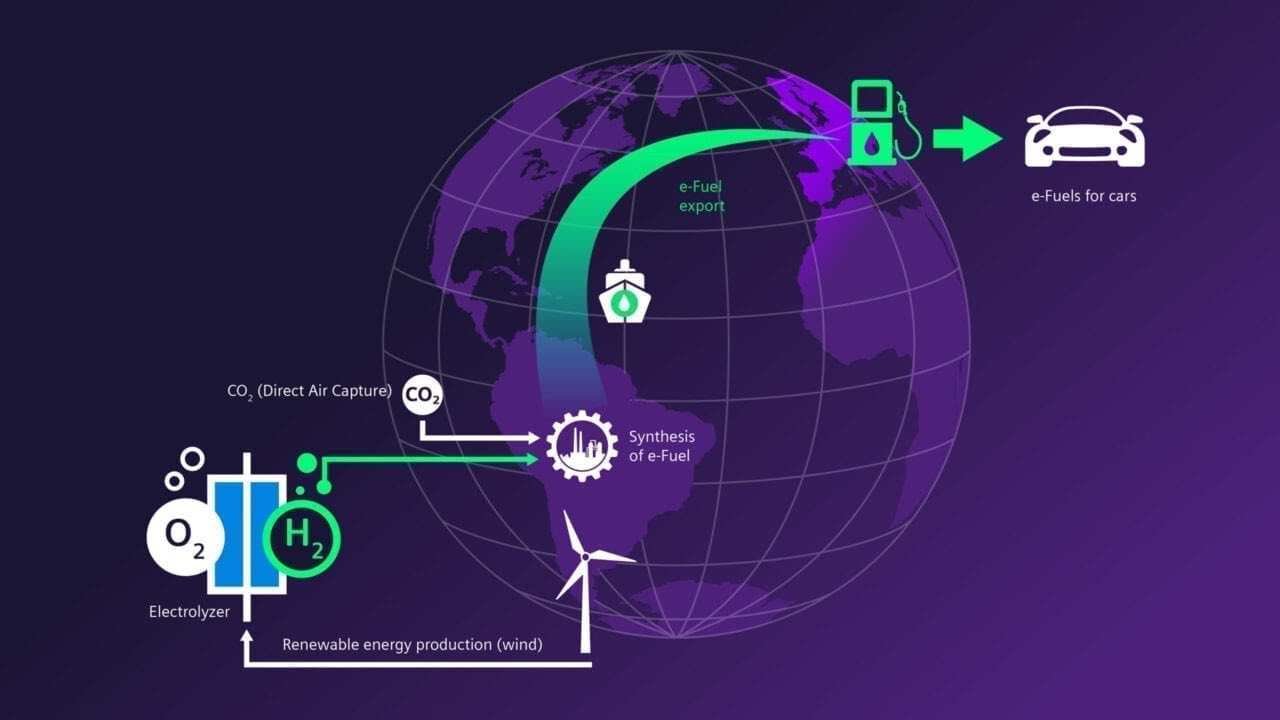
“This technology is particularly important because the combustion engine will continue to dominate the automotive world for many years to come,” said Porsche R&D Executive, Michael Steiner. “If you want to operate the existing fleet in a sustainable manner, eFuels are a fundamental component.”
“Porsche is committed to three powertrains: purely electric, plug-in-hybrids, and highly efficient gasoline engines. From Porsche’s point of view, eFuels open up an opportunity for our plug-in hybrid models as well as our icon, the 911—either with a combustion engine or as a very sporty hybrid. This means that we could continue to drive the 911 for many years to come, which will certainly make our customers and fans happy.”
Clean Energy Can Be a Partnership
All the above is really just code for saying that the Porsche 911 will remain the 911 as we know it, on a best-efforts-basis. That, and its co-existence with the combustion engine—either as a standalone unit, or complimented by electric motors—is recognized as being a non-negotiable item.
For Porsche, the preservation of the quintessential 911 both in production, and in spirit, is monumental from a marketing standpoint.
Arguably more important than that, this not-just-theoretical hybrid version of the 911 would also be synonymous with Porsche’s push for a more technologically diverse future, in which the continuity of its motorsport identity is preserved.
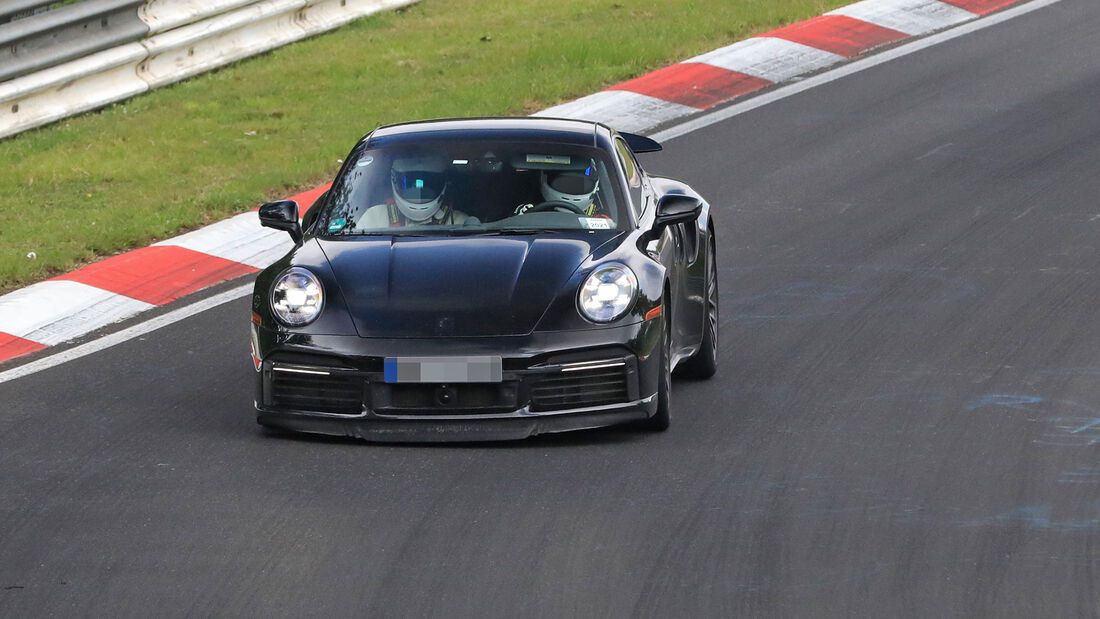
Without diminishing the significance or role that EVs will play in the more distant future—we should still expect them to become the prevailing technology—perhaps an optimally balanced coalition of clean burning fuels and fully-electric solutions is not only better for business, but for the environment too.
It looks as though Porsche is already creating a model for how this could work, and if the science behind eFuels checks out, then there’s no reason that it couldn’t become part of the conventional formula in the years to come.
Why the World May Not Be Ready for Porsche EVs (Opinion)
*This is in opposition to the popular narrative, which supports a clearly charted or easy path to a future brimming with EVs, and the subsequent extinction of the petrol engine.
As the title suggests, I used to own a Porsche Taycan—a 2020 4S sedan, to be specific.
I did for a good 2 years, so I do understand the nuances of EV ownership—particularly from a Porsche angle—better than most, as the stats mentioned in the earlier section will support.
In other words, I have first-hand experience with what’s great and quite frankly, what sucks, about owning an EV (which happens to also be a Porsche).
I was happy to share my findings on supercars.net and invite you to have a read if you want a more chronicled and in-depth version of my experiences.
All that being said, do note that my long-term review was certainly net-positive overall. For this, all credit goes to the performance of the car as a standalone product.
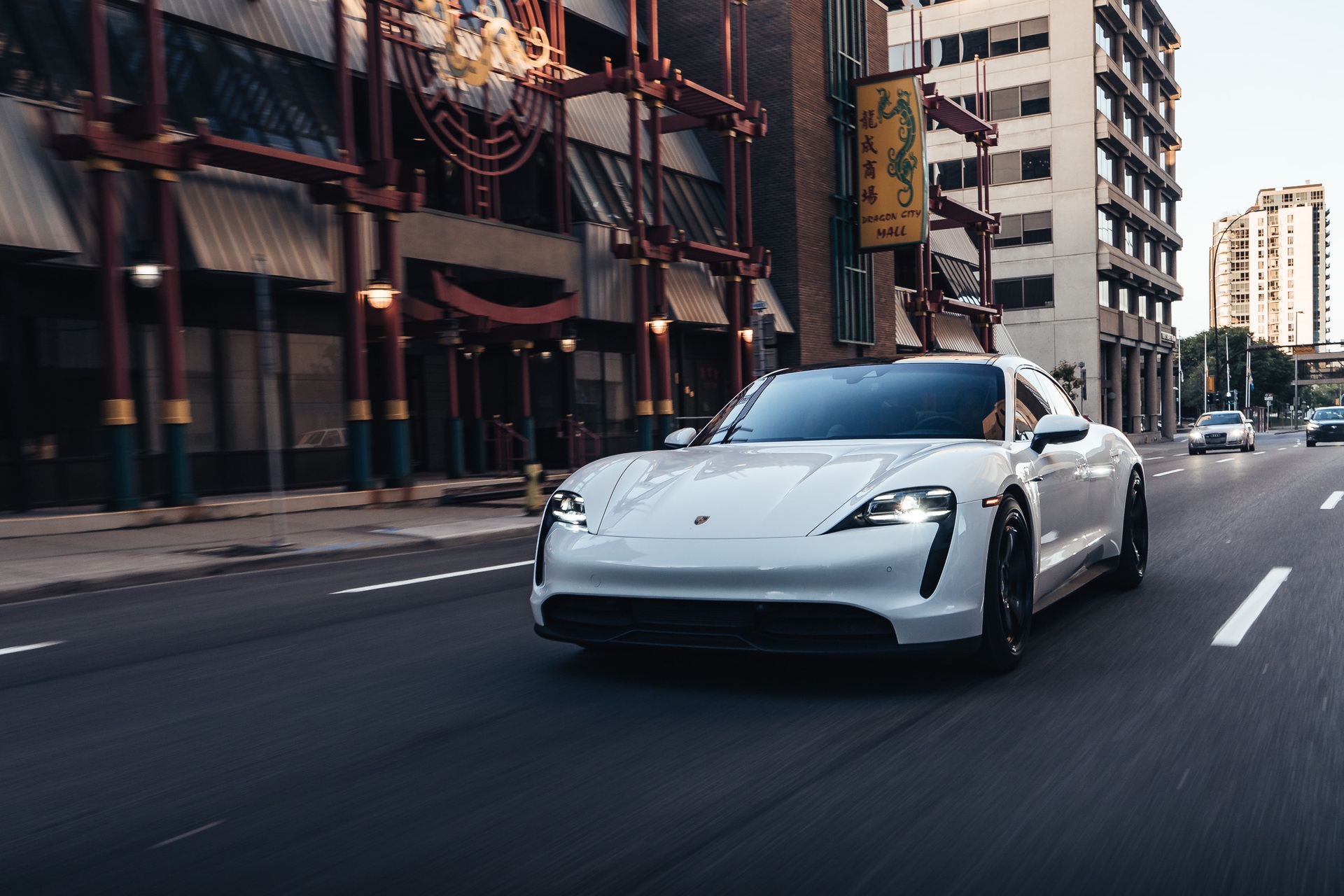
However, as I’ve reiterated many times during the ownership period, it’s the infrastructure issues which really pull at the hamstring of what otherwise would’ve been the ideal car. For more, see the article I wrote after one year of Taycan ownership.
Some of these problems are derived from universal technological ceilings, such as battery range, and in my particular experience, how the Taycan’s battery was affected by cold Canadian winters. Recent advancements in the field have addressed shortcomings to a certain degree.
Others are perhaps more broadly relatable matters, such as a shortage of fast, dependable, and convenient charging stations in the immediate vicinity of where we commute and reside. I discovered this on my first long-distance trip in the Taycan.
Ultimately, none of these issues are particularly avoidable right now, and they come with the territory of owning an EV. Even if you bought one today, you’d still be considered somewhat of an early adopter of the technology.
It’s impossible to speak about the ownership experience with an EV while removing its support structures and environments from the conversation as if they were mutually exclusive entities.
Much Bigger Than the Automotive Industry
Even in supportive and relatively ideal markets like California, the current heat wave has exposed fundamental flaws in the EV movement’s most important support structure—the electrical grid.
At the time of this writing, residents are being asked not to plug in certain appliances (like EVs or PHEVs) to prevent rolling black outs.
In situations where the choice is between keeping citizens safe from the extreme heat and making sure EV owners are happy, even jurisdictions with a zero-tolerance stance on emissions have to draw the line to put the immediate health and safety of people first.
At this juncture and as a collective, we have big, seemingly impossible strides to make. The grid is an extremely difficult thing to expand—at least at the rate that matches how much governing bodies wish to proliferate EVs.
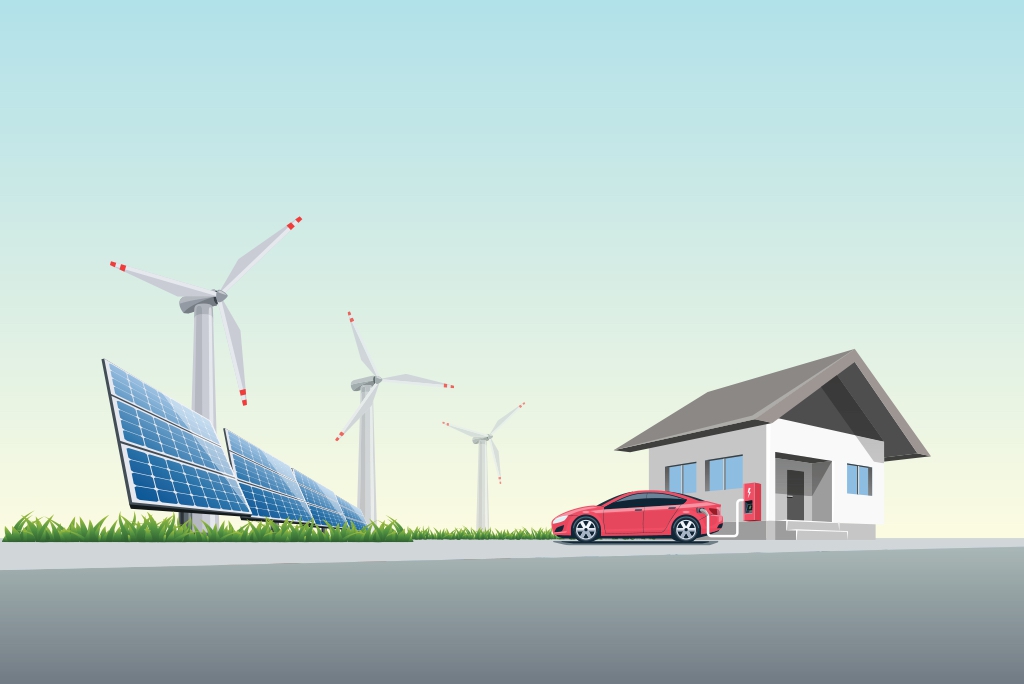
Imagine paying a premium for extra range, but only being able to use a fraction of it when it’s cold out. Or being told you were only allowed to charge your car a certain amount (and for a short window of time) every day.
Well, this is reality for the archetypal EV owner—and it’s only going to get worse with more EVs on the road, all other things being equal.
It’s idiosyncrasies like these that make the EV experience no more than a novelty—or at best, a neat party trick/conversation starter to the average consumer.
Maybe that’s why people in most parts of the world aren’t buying EVs, despite price barriers starting to come down.
So, it poses this inquiry: “Is this a future that’s probable, or just possible?”
The idea of a globally cohesive ecosystem to support reasonable and widespread EV use seems far-fetched at the moment. That’s why I’m bullish on Porsche’s eFuels program.
I’ll admit that this is partially for the selfish desire to see the 911 as I love it persevere, but it’s also because I believe that the aforementioned alliance of emerging technologies seems more plausible across the board.
Motorsport As a Differentiator
Porsche is in pole position to establish themselves as a standard bearer within the EV movement with cars like the Mission R concept. The Taycan has certainly kicked things off with a great start.
However, I believe that it’s the company’s intimate connection with motorsport that can put it head and shoulders above the competition.
Until quite recently, the prevailing perception of the typical electric car—if it were being described as a person—would be one that is drab, socially awkward, and perhaps a little bit on the nerdy side.
To this day, terms like “tech cars” and “appliances” still get thrown around by those who continue to view EVs as the embodiment of an iPhone on wheels, and not the idyllic image of what a motorcar ought to be.
Porsche—and other manufacturers, such as Mercedes-Benz with the Vision EQXX—have smashed the notion that an EV can only be devoid of sports car character and performance. The Porsche Motorsport program is at the fulcrum of this shift.
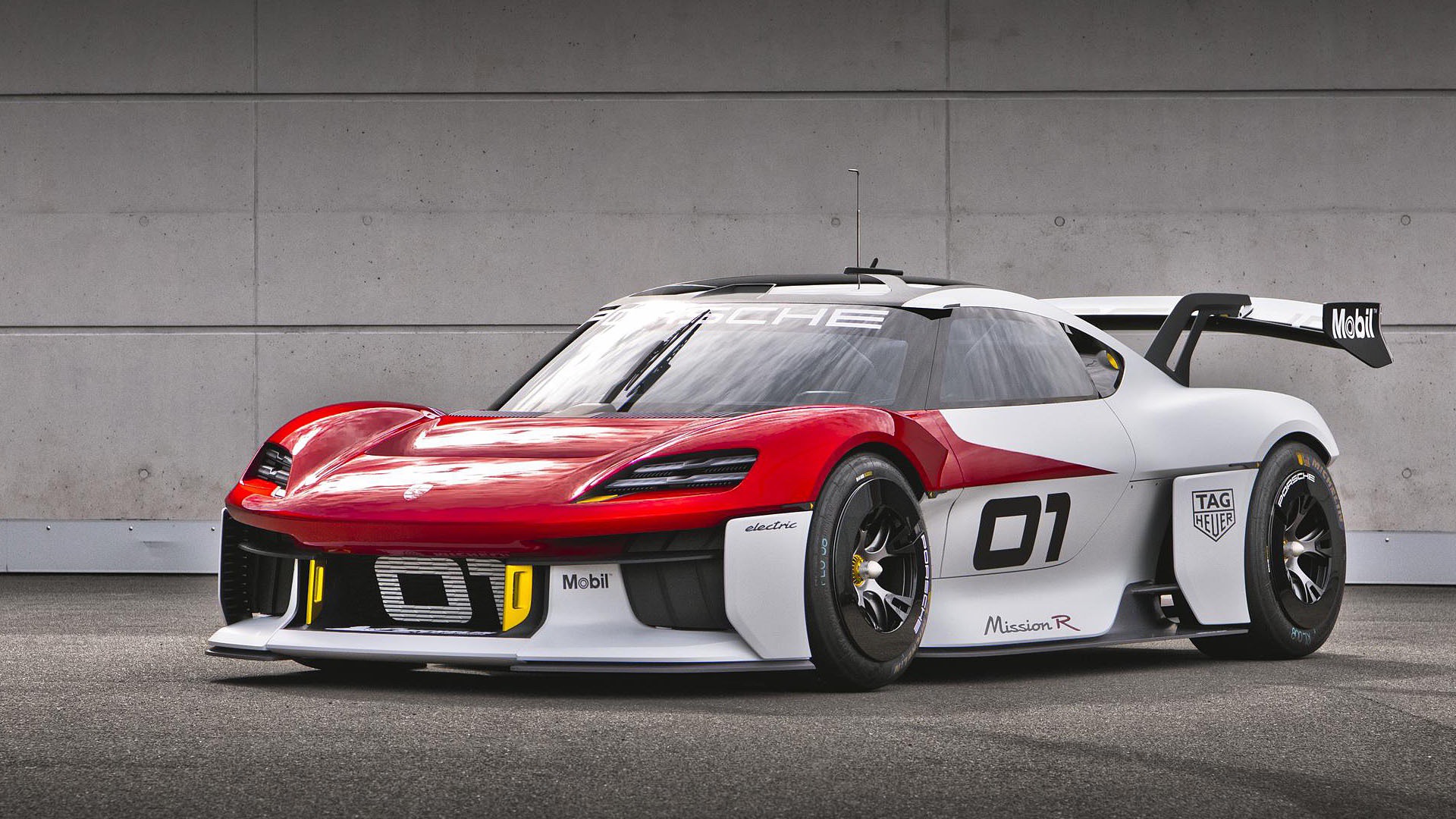
Whether it be the Porsche Mission R Concept, or the relatively down-to-earth Taycan reclaiming the production-EV lap record at the Nürburgring Nordschleife, the tradition and practice of trickling-down-technologies remains in full force.
This serves as a love letter to Porsche traditionalists—the most faithful customers who’ve helped give the brand its identity—and they will be happy to know that the purists will always have their fill of the company’s best work.
Where Things Go from Here
I’ll be blunt. Unless there’s a revolution in the way things are being done right now, the targets currently set for the proliferation of electric vehicles are unrealistic at best—and I consider myself an optimist.
That being said, I’ll be the first to admit that a lot of work is likely going on behind the scenes, and major changes can be done out of plain sight.
Still, it remains hard to picture a world where half of the automobiles out there are a full-on EV. Not 20 years down the road, and certainly not less than 10.
The foundations have already been set for the exploration of alternatives that would make for cleaner burning internal combustion engines.
This—green technology—is the underlying reason for the existence of EVs, is it not? So if there’s anything else that can help in this regard, it should be given due consideration.
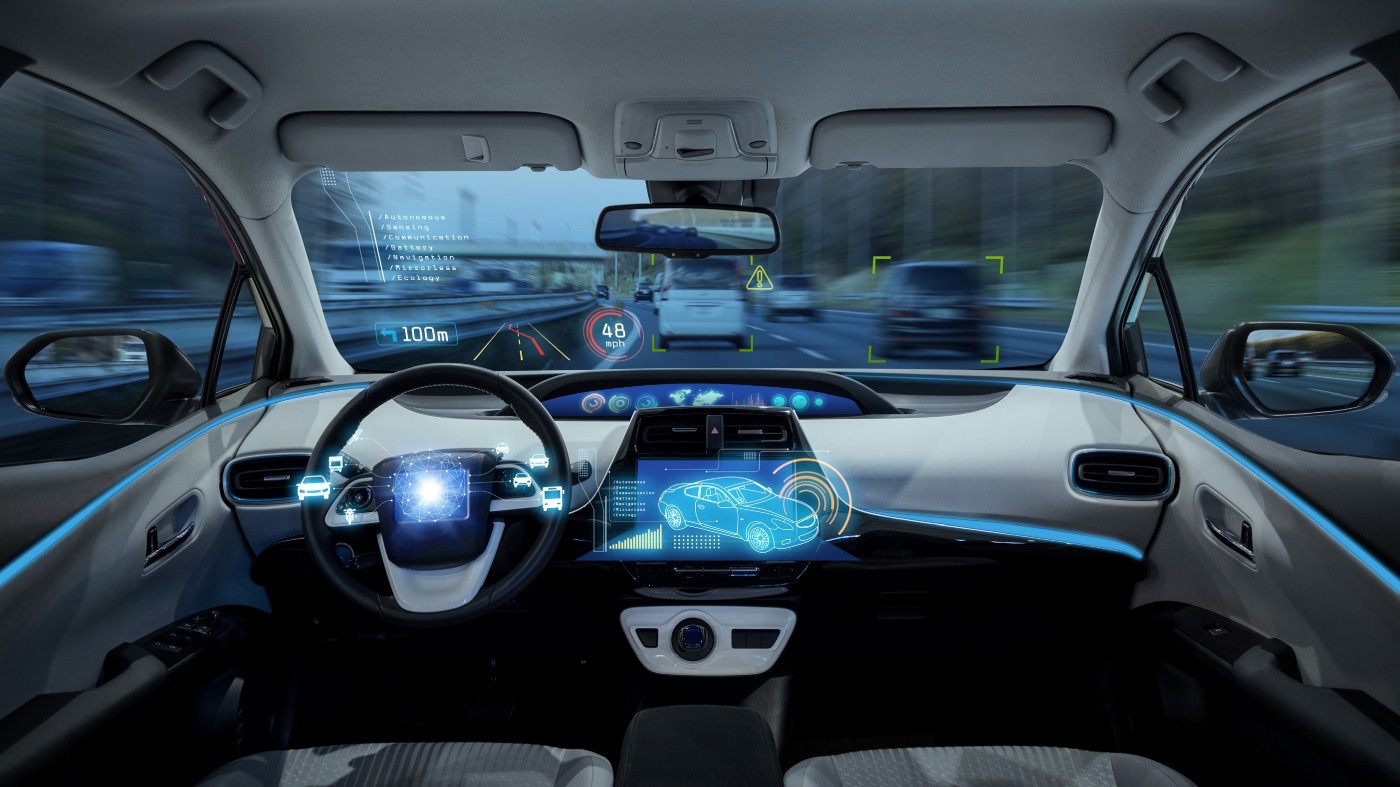
Or we can harness existing technologies at the cusp of going mainstream—such as hybrid engines—which in my opinion, offer a best-of-both-worlds solution and epitomize the reality that things are almost never black and white.
Any of these would serve as an excellent stop-gap solution, but I don’t believe that they’re limited to playing that role. They can go even further than that, providing flexibility and adaptability in a world that could use more of those things right now.
Ultimately, it’s not a question of whether Porsche is (or was) going to make amazing electric cars.
The real question is whether the world is ready for them.
I’ll be happy to revisit this, if and when I’ve purchased my next EV. Until then, I don’t have a problem finding it interesting to see how things play out. Sometimes, watching the game from the sidelines is also the best way to experience it.


